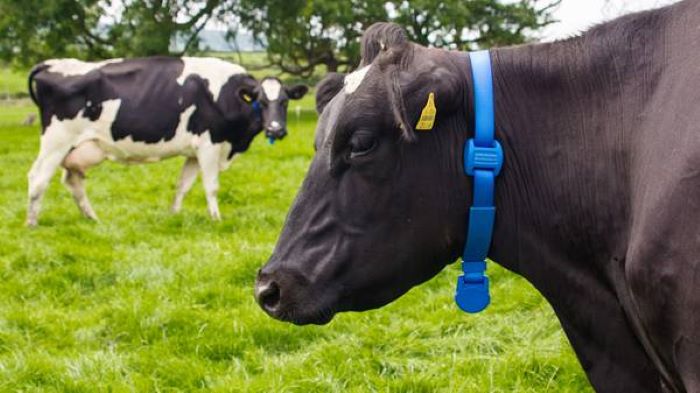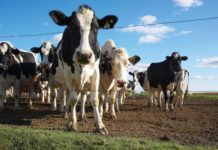Livestock farmers are increasingly adopting precision
agriculture techniques to match fertilizer inputs more closely to grassland
requirements. The techniques, underpinned by a combined package of computer and
practical analysis, have already helped farmers reduce inputs and adhere to
nitrate vulnerable zone (NVZ) rules.
The precision methods used were more commonly seen on arable farms in the past. However, it is gradually being adopted by larger and smaller acreages alike since squeezing productivity and profit from limited acreages is increasingly important for business resilience.
Drivers
One of the drivers has been increased fertilizer costs, which has forced farmers to review their traditional approach. Historically, fertilizer has been spread on grassland units in a relatively standard way. Often farms have bought N, P and K [as 20.10.10 or 27.5.5] and applied it according to a calendar date. Slurry or farmyard manure (FYM) was also applied, with little knowledge of its nutrient profile and no calculation of grassland requirement, risking nutrient losses.
A second key driver has been tighter legislation. Livestock farmers, particularly within NVZs, are looking more carefully at what they apply. Under the rules, from 1 January each year, nitrogen from grazing animals and manure spreading must not exceed 170kg/ha.
Omnia
However, since it’s a precise amount and impossible to know whether it has been met or broken without detailed analysis and records, applications such as Omnia come in handy.
Omnia, developed by Huchinsons establishes an accurate picture of a farm’s nutrient requirement and the availability from slurry, FYM and grazing stock. The process begins with a program of soil analysis. Initially, 25% of the farm’s grassland is analyzed.
This is repeated annually over four years to build a picture across the whole unit. Soil sample results are imported into the software program from the lab analysis and allocated to each field or grazing block.
At the same time, the nutrient levels in FYM and slurry can be analysed. Data on livestock numbers, types and age ranges are added, along with tonnages of FYM or slurry produced.
Manure management plan
From the information, the required nutrients and application rates can be determined. The farmer is then presented with a detailed nutrient plan on a desktop, tablet or as a hard copy. This can be used as a shopping list on a field or block-by-block basis, for whatever extra nutrient is needed as a top-up to the organic fertiliser on the holding.
Records are then logged on the system, which is fully compliant with NVZ regulations, cutting out the paperwork and saving management time for farmers. This removes the guesswork and provides farmers with peace of mind that they are not going to break any rules.
The Omnia fee is paid on a per-acre basis. As well as the peace of mind and savings in paperwork, farmers are also seeing improved stock performance and reduced input costs. For example, one farmer had applied 20.10.10 each year for 50 years. But the system highlighted phosphate levels were good and potash needed bringing up.








